-
-
-
藤山千春(ふじやまちはる
FUJIYAMA, Chiharu)
ふじやまちはる
FUJIYAMA, Chiharu
藤山千春
紬織
現代の街並みに似合う吉野間道。
江戸時代に生まれた「吉野間道」を、現代の街並みに似合うセンスで織り続けている藤山千春さん。「吉野間道」とは、寛永の三大名妓、吉野太夫に京の豪商、灰屋紹益が贈ったと言われる、名物裂の一種、南蛮渡来の縞織物。平織の上に地厚な吉野格子を浮き縞として織り出したもので、かの名茶人、松平不昧も好んだ織物です。柳悦孝氏(柳宗悦氏の甥)らが復元し、藤山千春さんは悦孝氏の一番弟子として師事し、吉野間道を作り続けています。 指で触れると独特の存在感のあるやわらかな浮織の畝。光をおびるとそっと畝が浮かんだり、おさまったり。表情の豊かさはこの上なく、工芸的な美しさをご堪能いただけます。
銀座もとじ和織 2010年、2014年、2019年/ 2020年藤山千春・優子展開催、2020年40周年記念展出品
Based in Shinagawa, Tokyo, Chiharu Fujiyama weaves Yoshino-Kando, a striped textile which originally became popular in the Edo period. It is said to have been presented by the Kyoto merchant Haiya Shoeki to the legendary courtesan Yoshino Tayu, one of the three renowned courtesans of the Kan'ei era(early 1600s). Even the famous tea master Matsudaira Fumai was a fan of this weave.
The textile was revived by Yanagi Yoshitaka (the nephew of Yanagi Soetsu), and Fujiyama Chiharu studied under him as his foremost disciple, continuing to weave Yoshino-Kando to this day. The fabric reveals a distinctive presence with its soft, ridged texture. In the light, the raised stripes either emerge or recede, creating a rich weave. Hand woven, with threads dyed with only natural dye, the textile’s craftsmanship is unsurpassed.
1962年 女子美術大学附属高校 卒業
1966年 女子美術大学工芸科 卒業
柳悦孝氏(後の女子美術大学学長)に師事
1968年 染織創作活動を開始
1976年 「錦霞染織工房」を設立
品川区伝統工芸保存会会員
この作家の作品
This Artisan’s
Products
Products
この作家の
作品が含まれる
コーディネート
Coordinates
with
This Artisan's
Product
作品が含まれる
コーディネート Coordinates
with
This Artisan's
Product
この作家
に関する
読みもの
The Latest Articles
About This Artisan
に関する
読みもの The Latest Articles
About This Artisan
この作家
に関する
催事
The Latest Events
About This Artisan
に関する
催事 The Latest Events
About This Artisan
この作家
に関する
お知らせ
The Latest News
About This Artisan
に関する
お知らせ The Latest News
About This Artisan
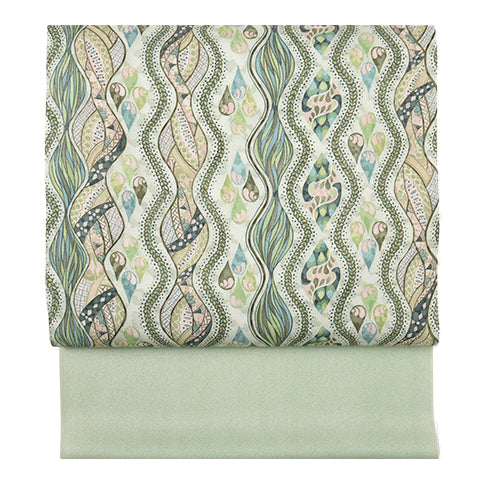 名古屋帯
名古屋帯
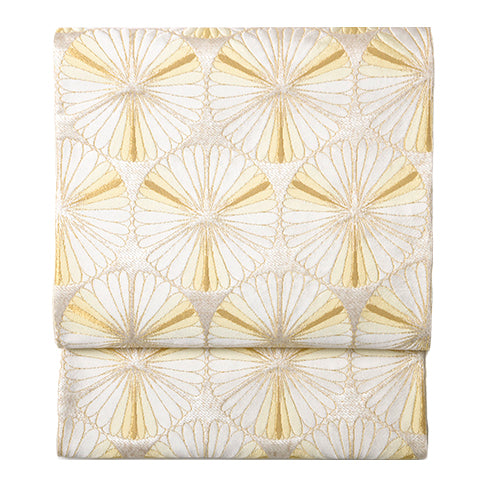 袋帯
袋帯
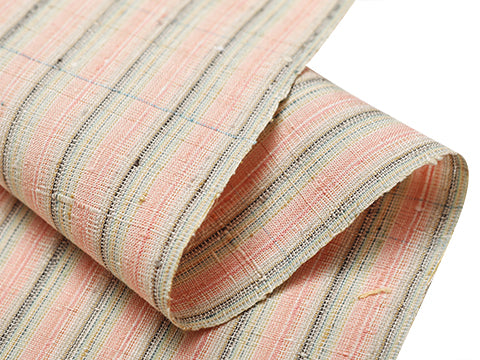 紬・綿・自然布
紬・綿・自然布
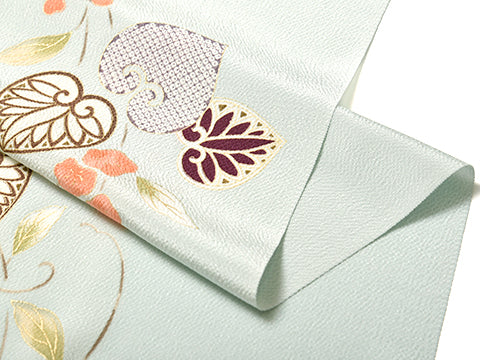 小紋・江戸小紋
小紋・江戸小紋
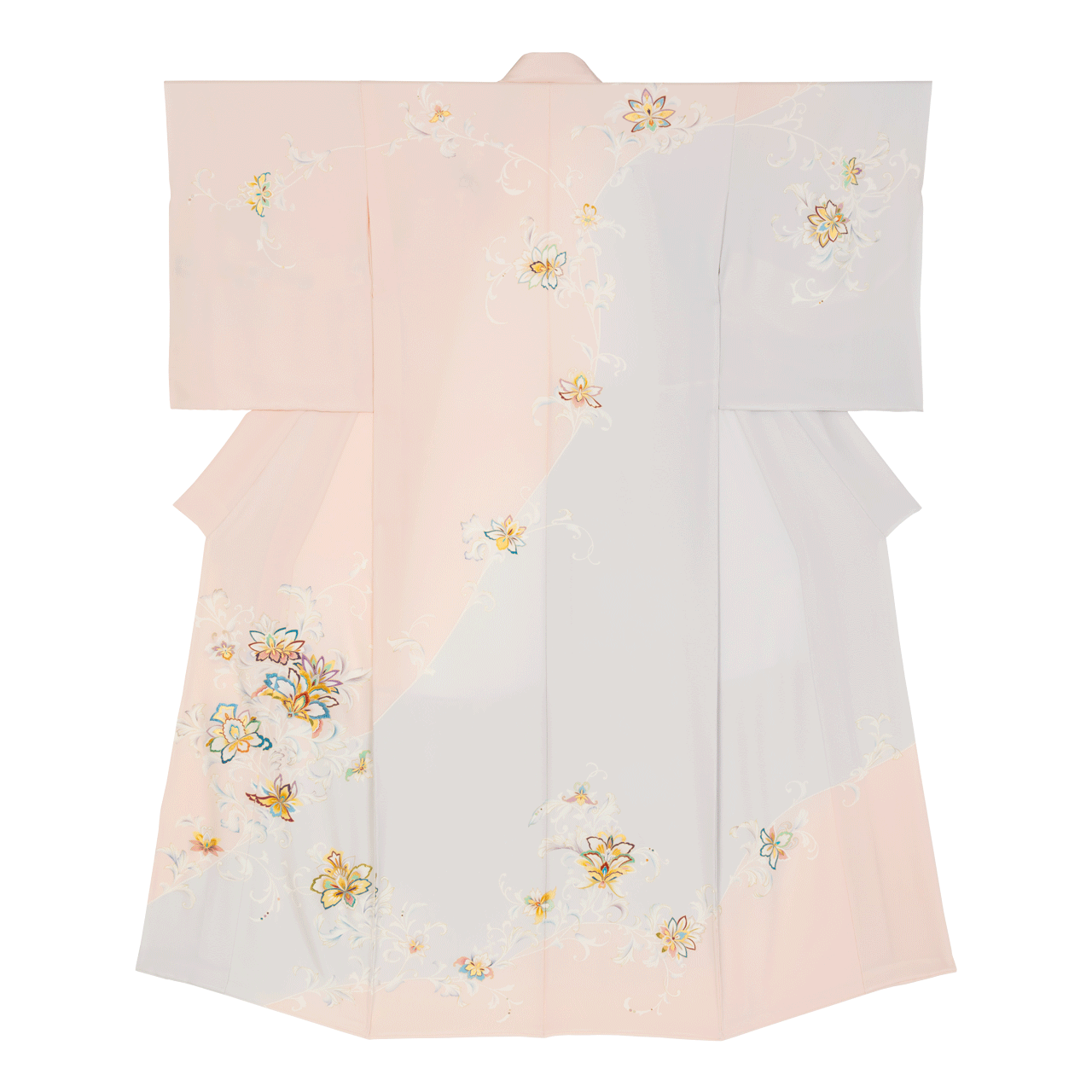 訪問着・付下げ・色無地ほか
訪問着・付下げ・色無地ほか
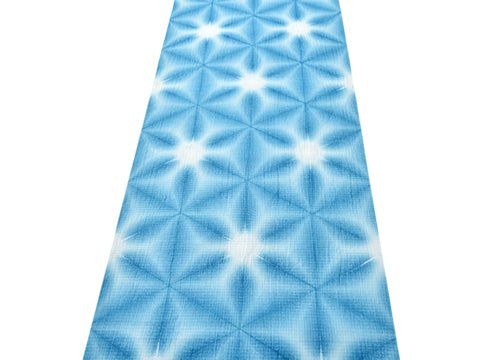 浴衣・半巾帯
浴衣・半巾帯
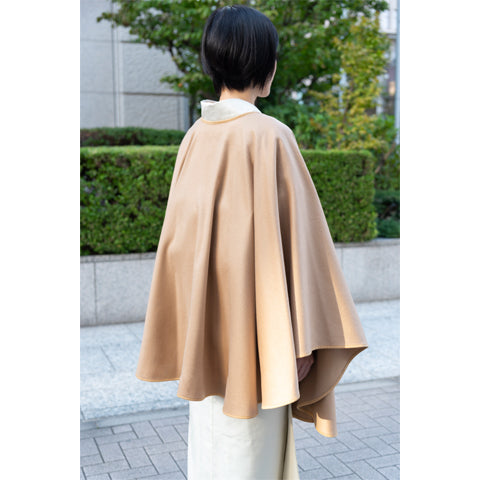 羽織・コート
羽織・コート
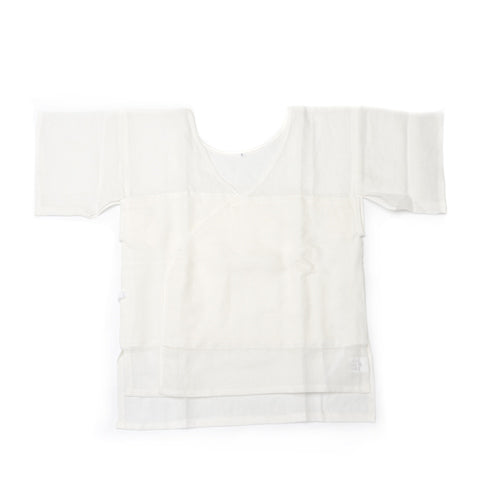 肌着
肌着
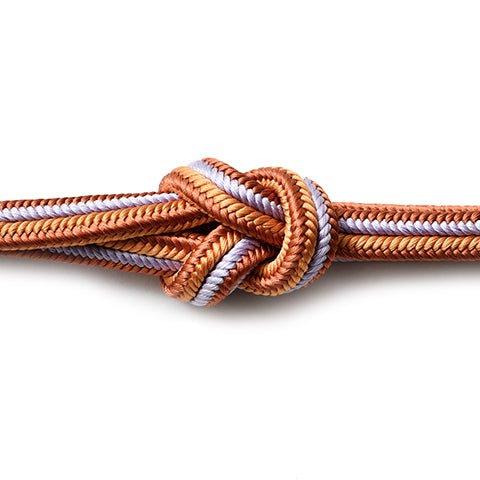 小物
小物
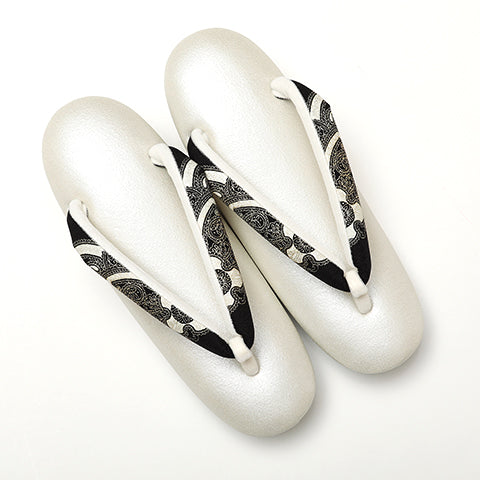 履物
履物
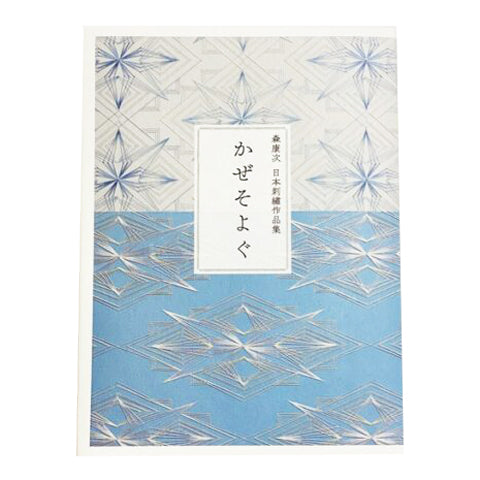 書籍
書籍
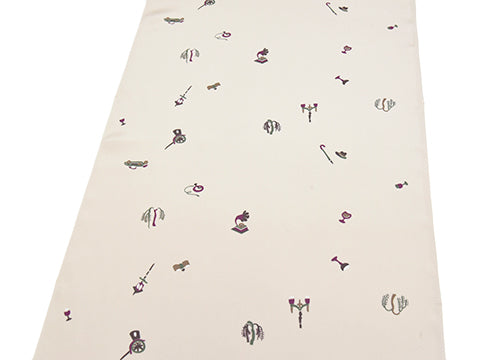 長襦袢
長襦袢
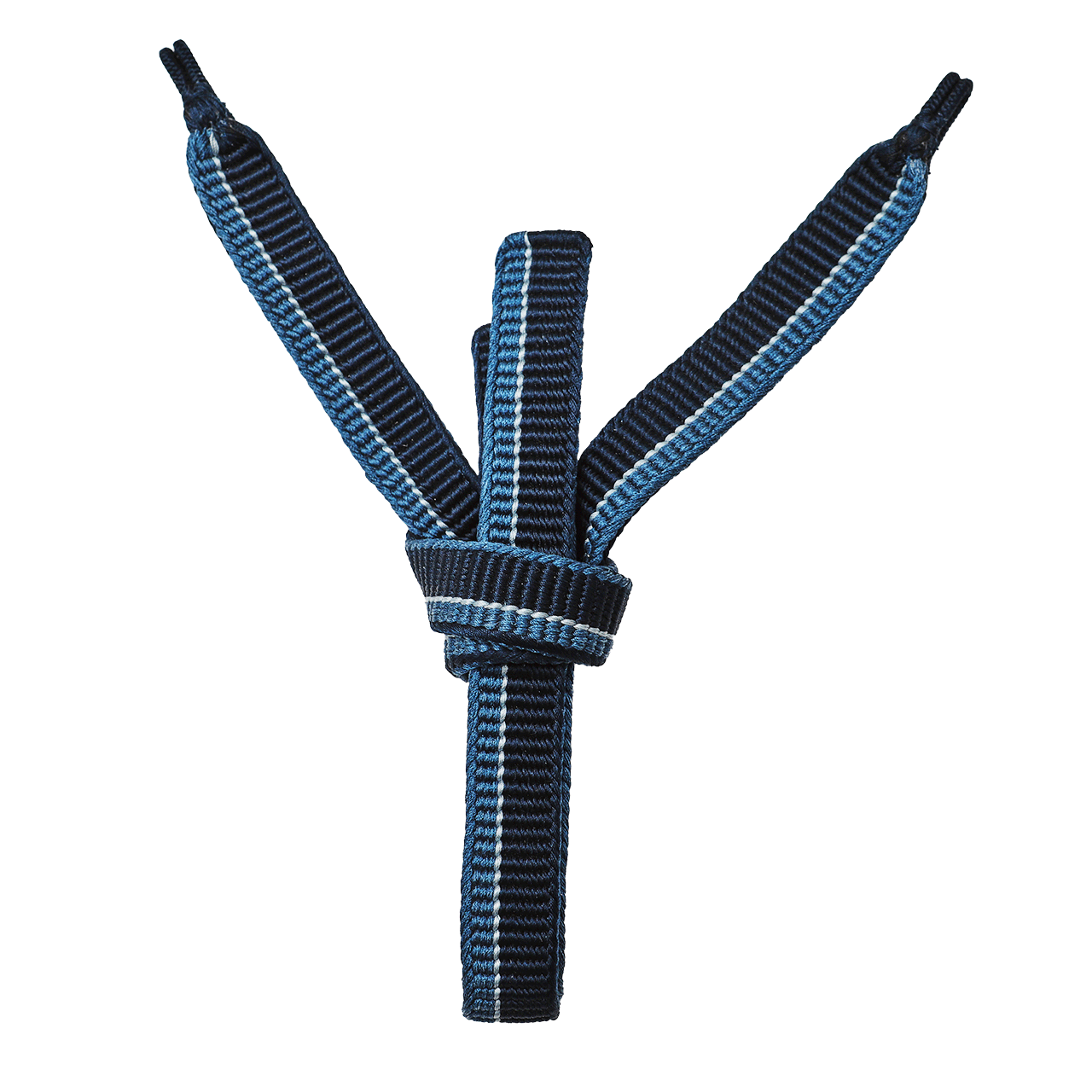 小物
小物
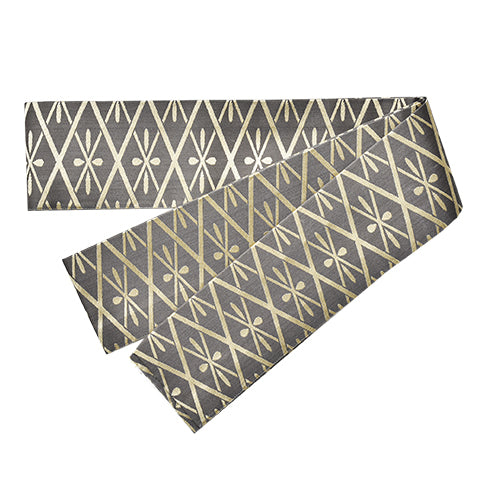 帯
帯
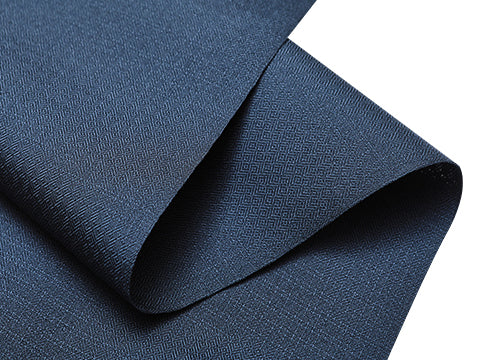 お召
お召
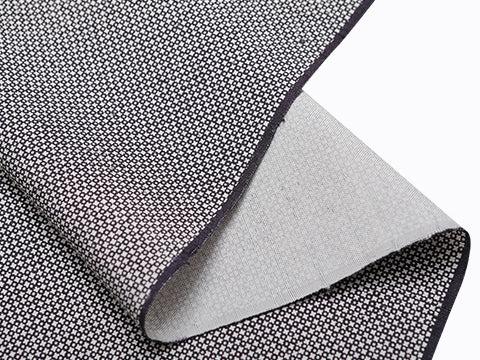 小紋・江戸小紋
小紋・江戸小紋
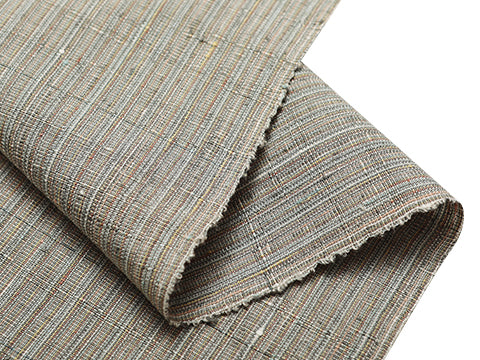 紬・綿・自然布
紬・綿・自然布
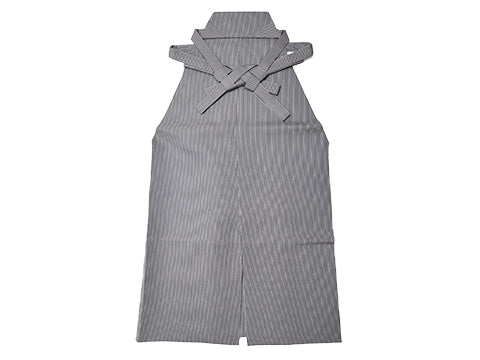 袴
袴
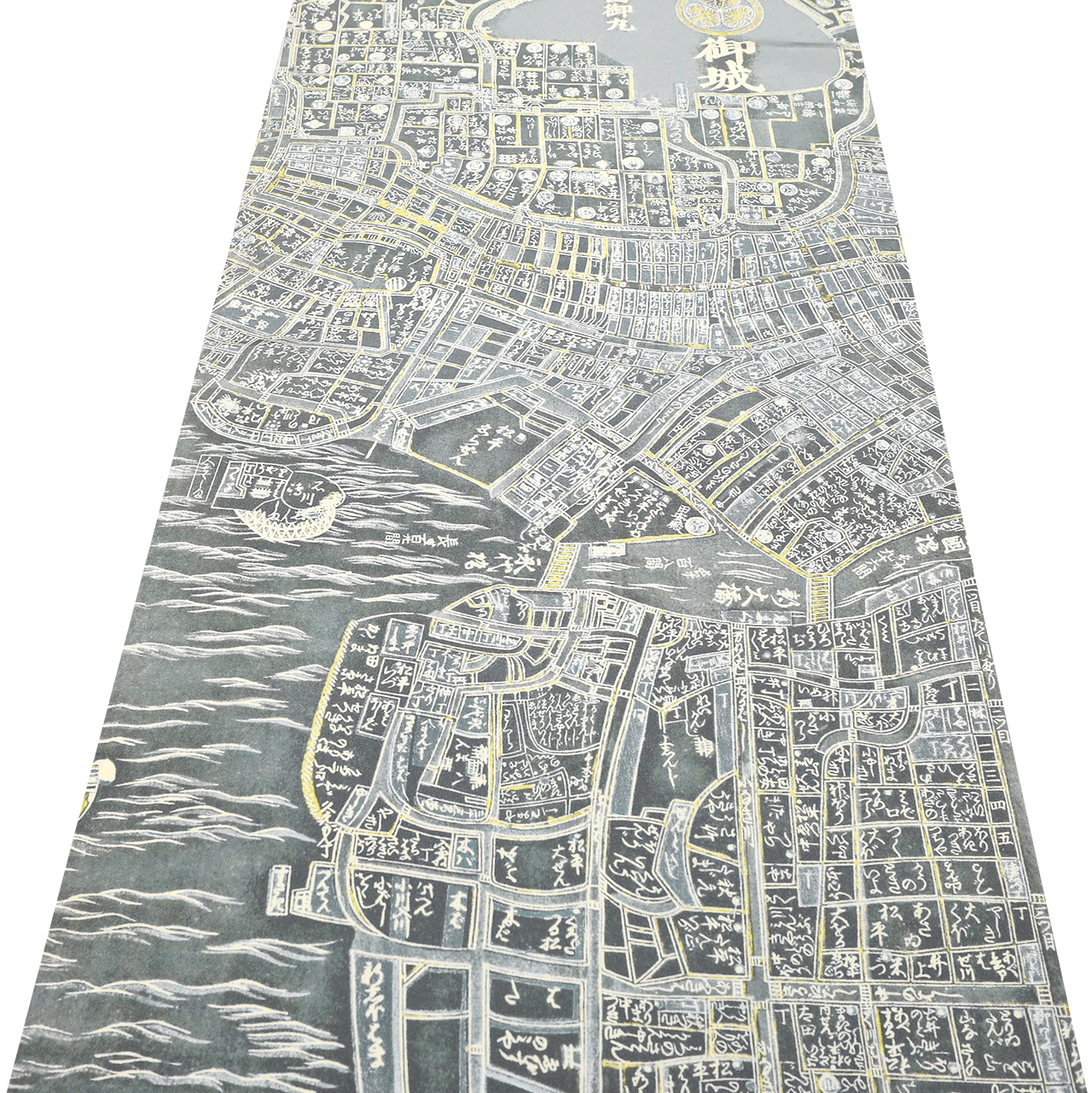 長襦袢
長襦袢
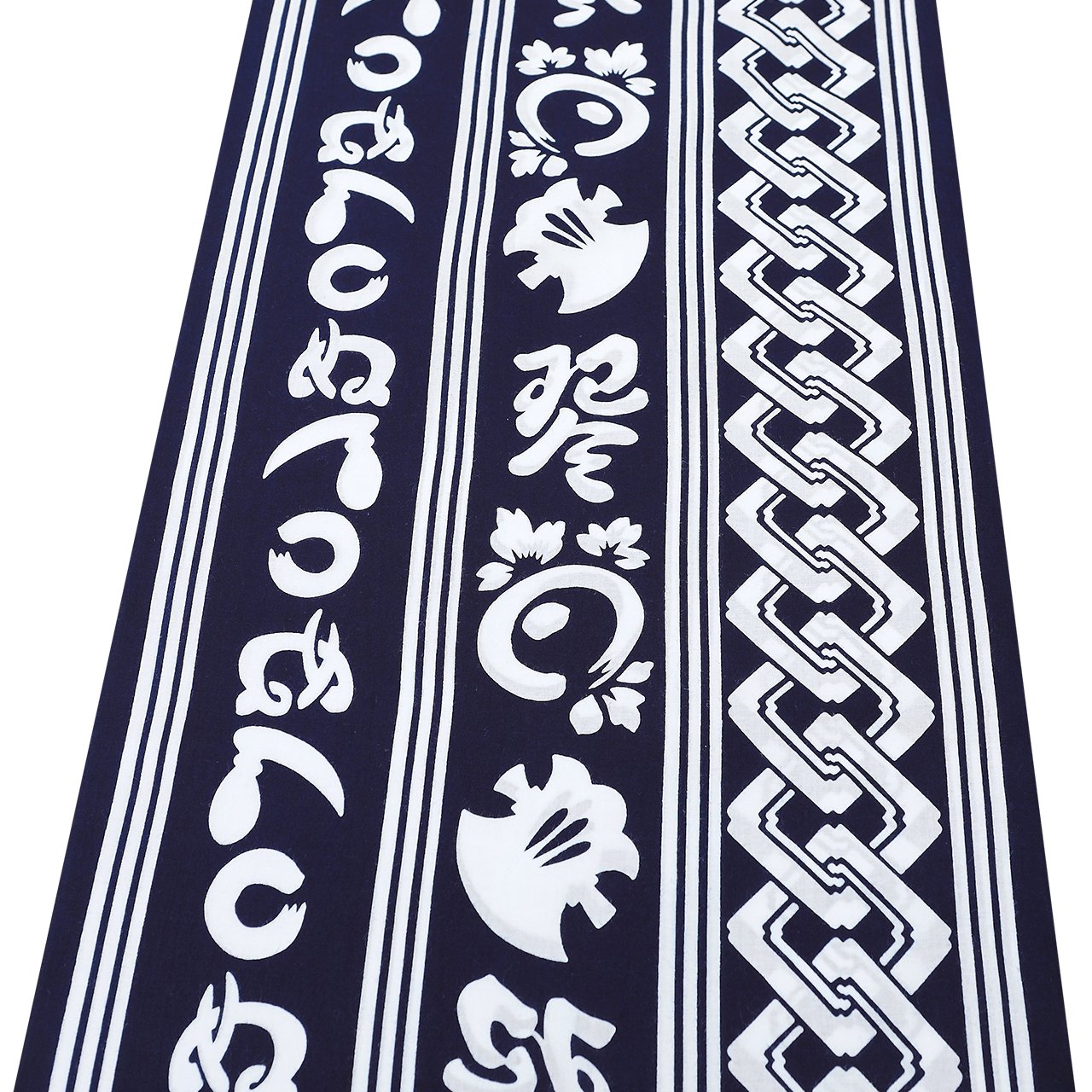 浴衣
浴衣
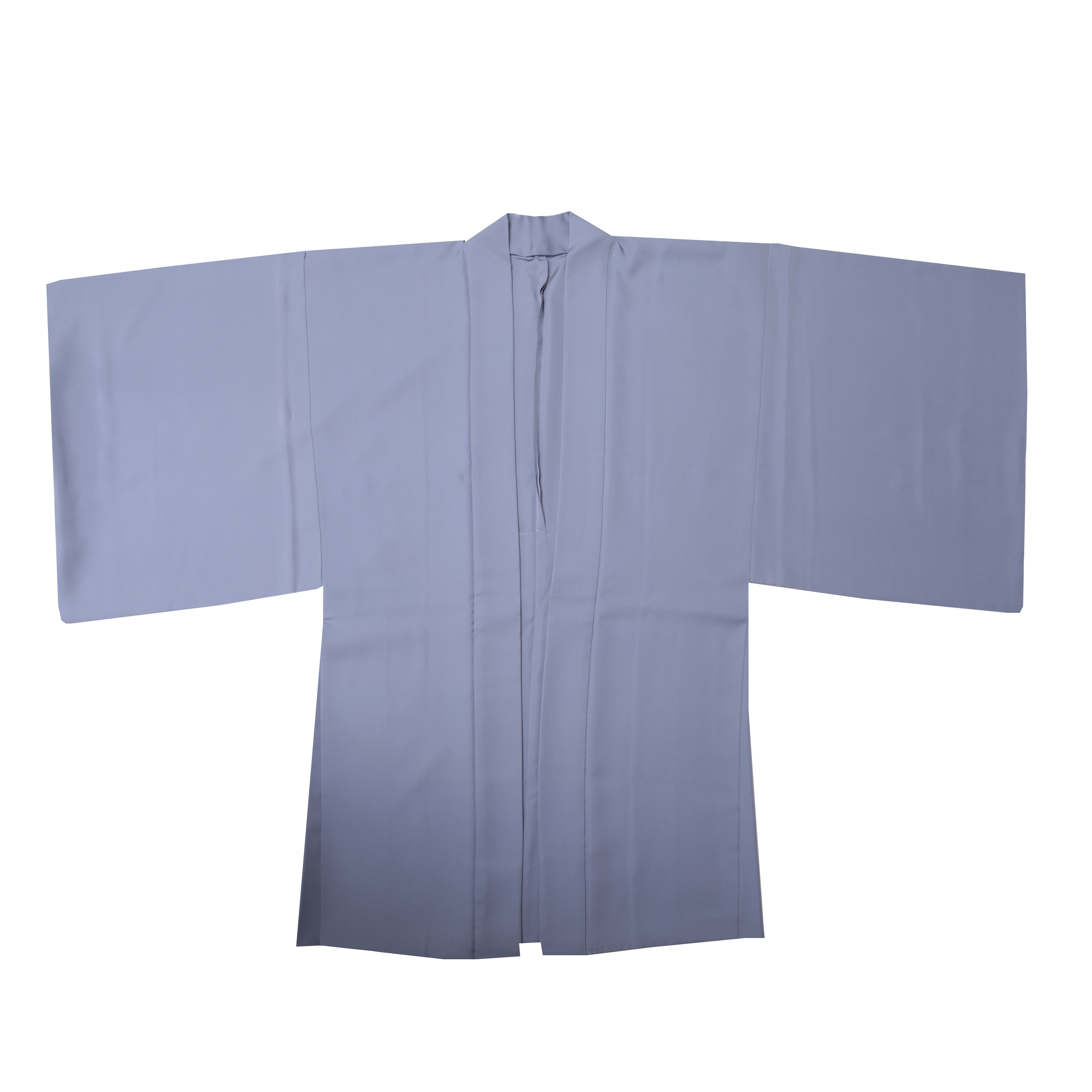 羽織・コート
羽織・コート
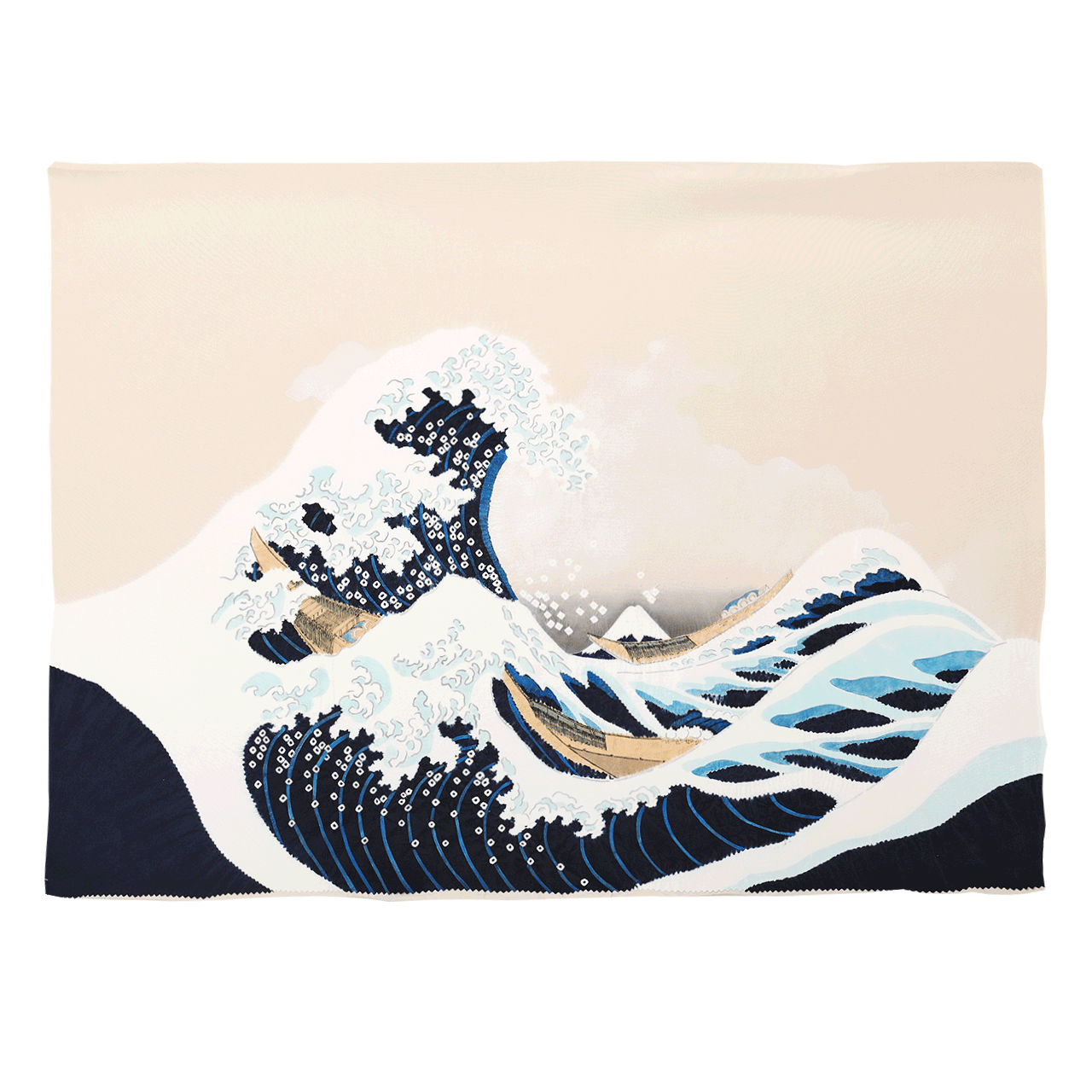 額裏
額裏
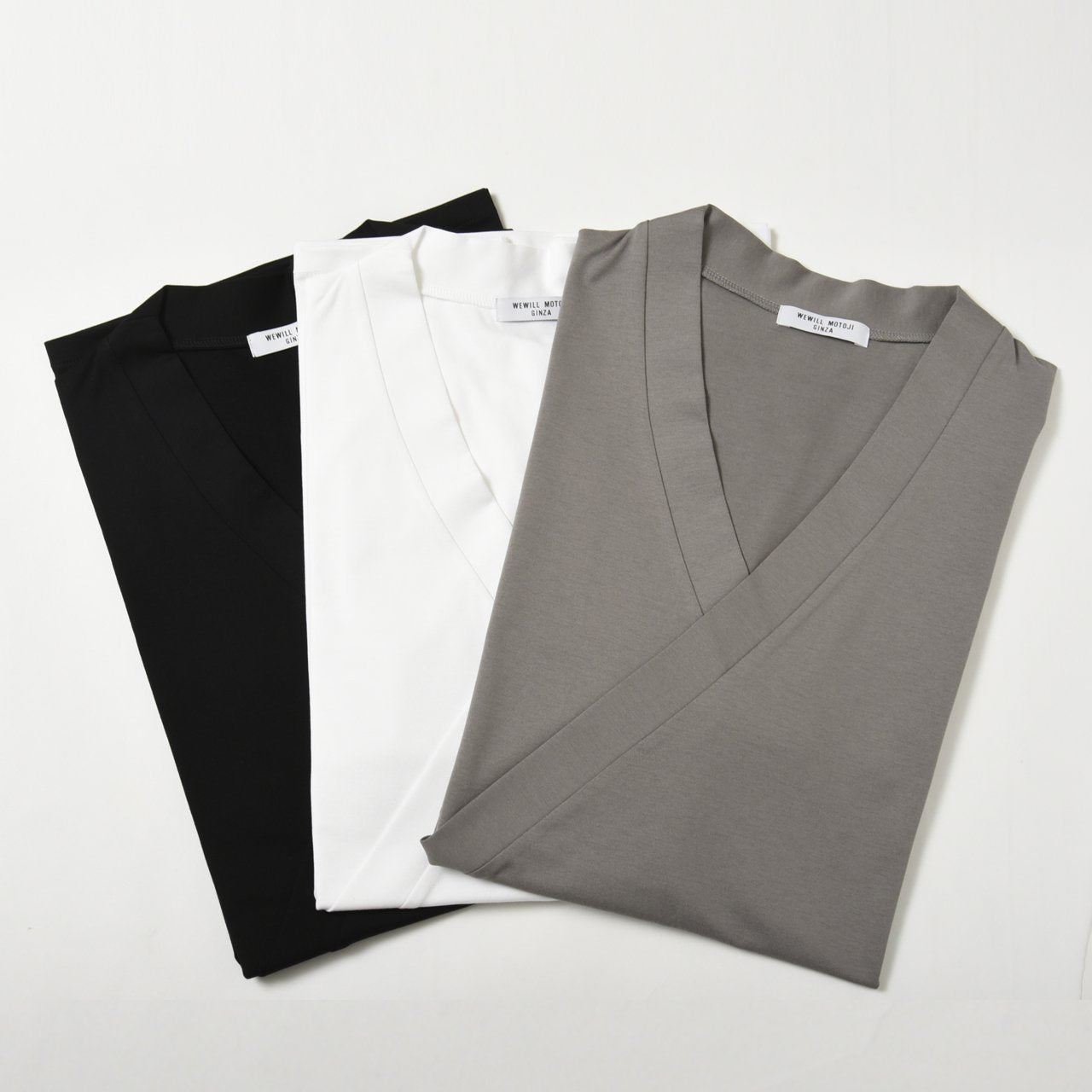 肌着
肌着
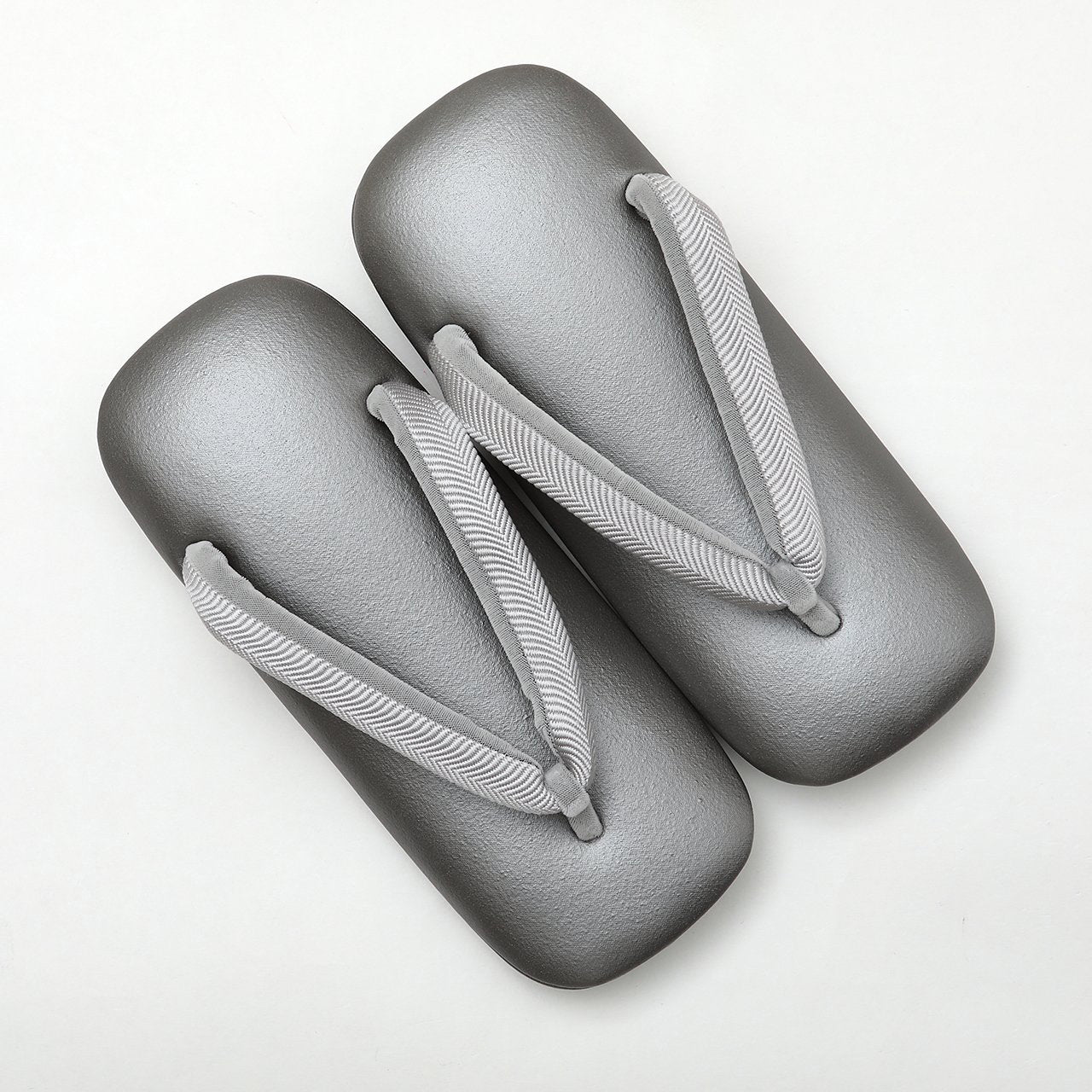 履物
履物
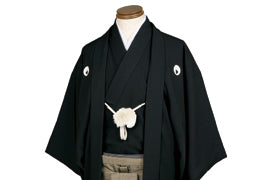 紋付
紋付
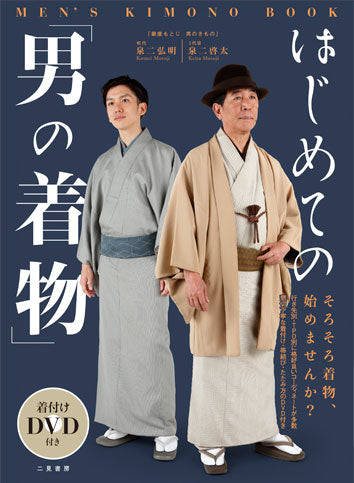 書籍
書籍